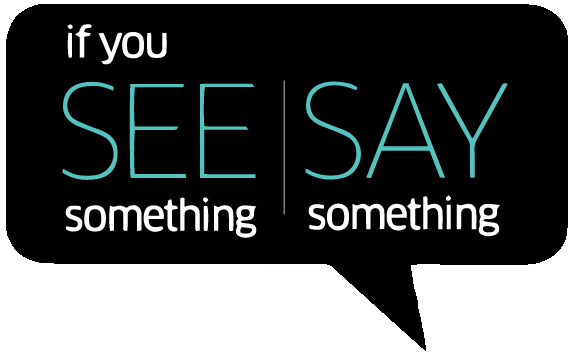See something, say something.
In the IT managed services business (MSP), in my opinion, symmetry is the holy grail. The more of it there is, the better the outcomes are for all stakeholders: clients, team, company, vendors, community, and principles. Symmetry in IT is using the same products in the same way for all clients. In a perfect world, every client’s technology is exactly the same product selection, design, implementation, maintenance, and performance. But alas, we do not live in a perfect world. Clients, the purpose of the IT MSP’s existence, have different needs and requirements, making complete symmetry seemingly unachievable. So where do we draw the lines? Each MSP must consciously answer this question for themselves. It is the key to how they staff their organization and set their pricing (fodder for another day).
In our old MSP we were so strict about symmetry that our MSP peers used to joke about us and the Henry Ford quote “You can have any color you want, as long as it is black”. We pushed our symmetry strategy through our sales process and were very happy to walk away from business opportunities where we would need to deviate from it. Once we were able to get a new client aligned with our view of symmetry and if we performed well, we were able to achieve the kinds of performance and outcomes our clients expected. Unfortunately, things in IT never stand still and symmetry can drift over time. Thanks to a ski trip many years ago with a maintenance guru (that’s you, Alex Fried), I came up with a symmetry alignment (maintenance) process that allowed us to keep our client’s technology current and aligned with our vision. But there was another piece to this strategy that I just recently realized.
Last week I was participating in an offsite retreat for a great MSP on the west coast. During one of the conversations I was talking about our alignment process and realized we had another element to it that I never considered. We had a culture of creating and maintaining symmetry and when someone, anyone, saw something was off, we had a mechanism for them to raise their hand and report it. Sometimes, if it was something quick and easy, our TNT attitude (today, not tomorrow) would kick in and the person would just take care of it. Most of the time the person would capture the task in a to do list that we kept in each client’s documentation. Obviously, if the task had urgency we would address it individually, but the vast majority went on the list. Whenever we were planning projects, maintenance, or site visits for a client, we would reference this to do list to make sure we included the tasks in the activity. In hindsight, this was a major element in our ability to keep our client’s symmetry aligned.
I didn’t recognize it at the time, but we had a culture of see something, say something. A simple to do list, used well, helped us create world class outcomes.
What I am reading:
Professional: Purple Cow – by Seth Godin – Amazon Link
Transform Your Business by Being Remarkable
Personal: Leonardo da Vinci – by Walter Isaacson – Amazon Link

